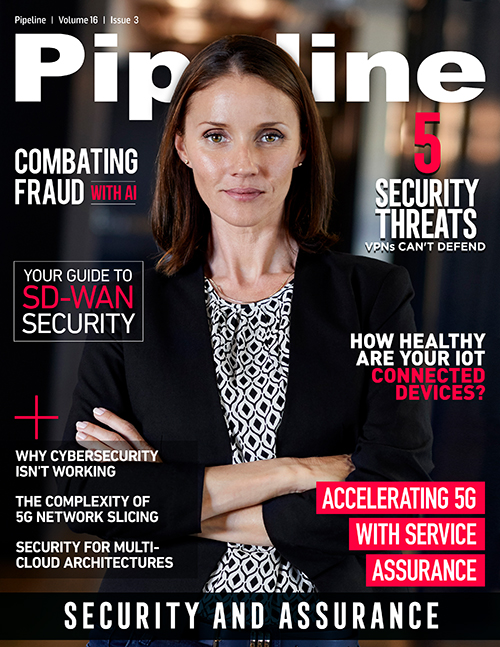A Guide to SD-WAN Security
Tight alignment is critical to helping network teams address questions such as, “does that mean our internal IT security team is responsible for managing the SD-WAN devices on our corporate network?” The worst-case scenario is if the network team assumes the security team knows about the SD-WAN deployment and will take care of it. Then, critical security monitoring tasks can be disregarded. Ensuring that the network team is in close contact with the security team can mitigate an adverse security event during or after a deployment.
Overlooked Benefits: Segmentation and Zero Trust
Increased security is another advantage that comes from SD-WAN. Built on flexible, software-defined architectural models, SD-WAN facilitates the normally difficult task of WAN segmentation, helping businesses deal with issues such as security threats from within. Because of the dramatic uptick of threats from inside a network, segmentation is key—and it is a key enabler of many zero-trust security strategies.
SD-WAN makes segmenting and implementing zero-trust processes far easier, but it also plays a key role in first-line-of-defense capabilities. Approaches include SD-WAN solutions that whitelist online applications and websites for branch offices that may not have local firewalls.
SD-WAN and the Internet: Security Risks and Resource Impacts
Because SD-WAN paves the way for enterprises and their branch locations to leverage the Internet for connectivity, security must be at the top of the priority list. When SD-WAN is deployed over dedicated Internet connectivity or public broadband, it can introduce security risks that require next-generation firewalls, threat monitoring and management. Therefore, bundling security into SD-WAN isn’t just an option—it’s a requirement.
Closely monitored firewalls are key defense mechanisms when SD-WAN shifts the network architecture away from a small set of centrally managed Internet gateways and toward a highly distributed set of gateways. Because this dispersed architecture inherently increases the attack surface, the next move of any savvy network engineer is to implement next-generation firewalls with unified threat management. Built-in features make this step seamless.
SD-WAN Security: Must-Have Features and Capabilities
Enterprises must be prepared to defend against any increased vulnerabilities, which means leveraging:
- A single on-premise or virtual client device that can proficiently and cost-effectively serve multiple security functions, including embedded firewalls for secure Internet offloads and automatic encrypted tunneling to secure data across the Internet.
- The ability to centrally drive policies and configurations to reduce complexity and ease of security management; for example, centralized orchestration is a path to chaining WAN security services like firewalls and routers across locations around the globe.
- The ability for SD-WAN network performance monitoring as well as security monitoring to sort through alerts generated by SD-WAN firewalls.
CIOs and CISOs may start to feel overwhelmed at this point, because SD-WAN implementation and management can tax IT resources. This is where managed SD-WAN, 24/7 security monitoring services, and managed detection and response solutions can help take the workload off your internal team. Service-based approaches are also more scalable from both a resource and budgetary standpoint.
Demonstrated Success with Secure SD-WAN
Let’s look at one example of how managed SD-WAN was implemented effectively with consulting firm Pearl Meyer. In its industry, Pearl Meyer’s robust, secure IT infrastructure is one of its own competitive advantages. Pearl Meyer aimed to align a new network modernization plan with the company’s digital innovation strategies to drive further improvements in cloud migration, cybersecurity and disaster recovery.



















